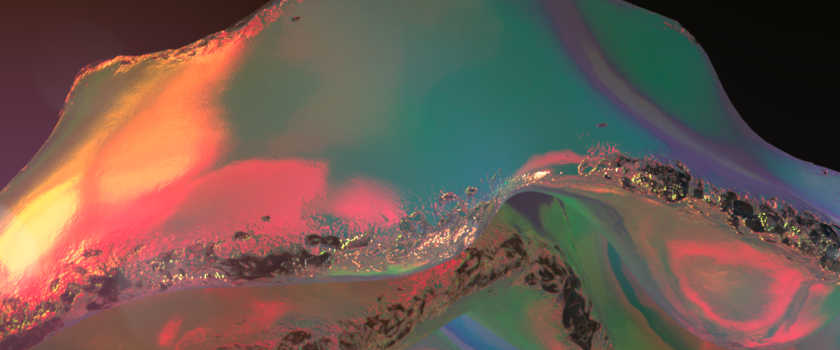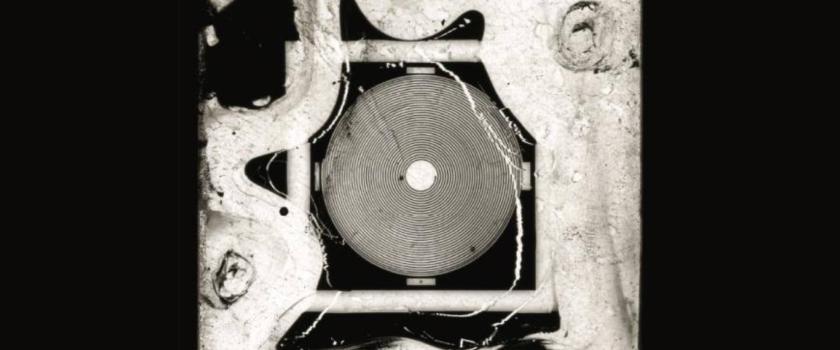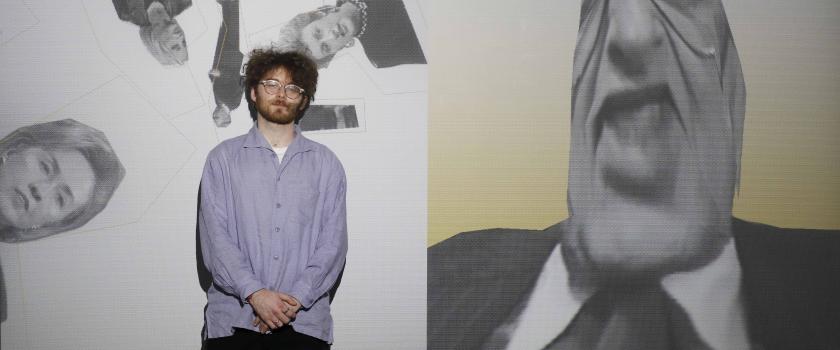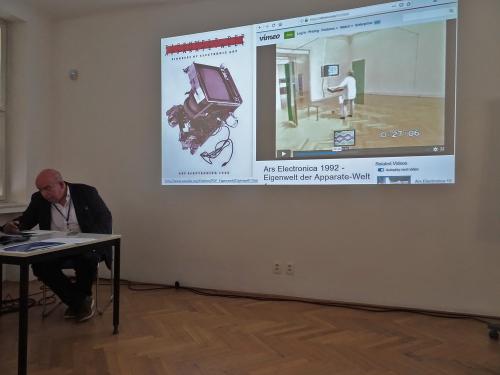Miklós Peternák
Center for Culture and Communication, Hungary
Keynote lecture:
Consecutio temporum beyond Grammar: The Past, Present and Future of C³
In this lecture I intend to share with you my experiences in the field of new media art, or better to say the relationship between contemporary art and the digital era, including the production, distribution, collection, interpretation and preservation of this type of artistic activity. These experiences are mainly related to the work of C³: the Center for Culture and Communication Foundation which is a not-for-profit institution based in Budapest. Since its initiation in 1996, C³ has focused on fostering the integration of new technologies within social and cultural traditions. Founded as a space for innovative experiments and developments related to communication, culture and an open society, over the last two decades, C³ has developed several layers and strategies. I try to highlight through a palimpsest-like chronology, or via the changing initiatives and attitudes, our attempts regarding the production of the new, meaning the collection of the newly digital-born entity or artwork, including the contextualisation and the preservation of the information about its existence. Furthermore, I will try to show that, from the perspective of the artwork, the creation of an institutional framework is a kind of metadata, while from the perspective of the institution the artworks could serve as the foundation or reason for its existence. Therefore, some years ago I proposed to establish a media museum based on C³ collections, databases and networks, using a shift in perspective to reshape and rebrand the institutional activity based on the past and also to think the potential future. Yet there remains an unanswered question: What is the most relevant form of a contemporary institution dedicated to the preservation and safekeeping of our digital culture, and keeping it historically accessible? Are there even any?
It is a typically human experience to follow in real time how, through the the process of ageing, the new becomes the old while practically remaining the same. This is – in accelerated form – the situation of media art works, except for the fact that these products are even more fragile than humans. Here, an obvious question arises: Is using the classical concepts of culture and responsibility in the post-information era still a tenable attitude? The question is not poetic or rhetorical, for I think the answer is 'yes.'
Miklós Peternák (born in Esztergom, Hungary, lives in Budapest) is a writer, lecturer and film/video artist. He studied history and art history (PhD 1994: New Media – Art and Science). He was a member of the Béla-Balázs-Studio, Budapest (1981-87) and the Indigo-Group and head of the Intermedia Department at the Hungarian University of Fine Arts since its foundation, director of C³: Center for Culture and Communication (http://www.c3.hu/) since 1997. He has produced films and videos in the 1980s and published texts on art and media history. He has also organized diverse shows and events.




